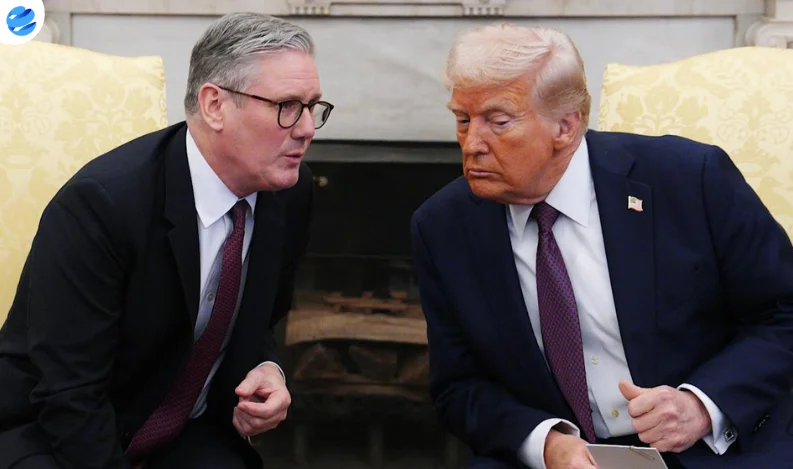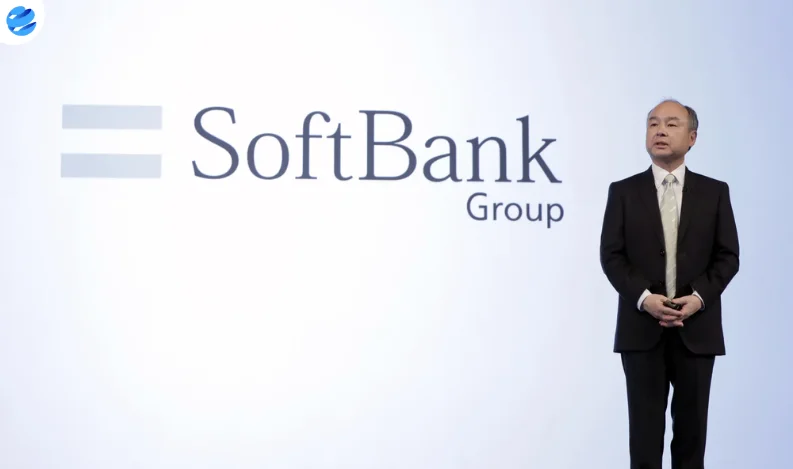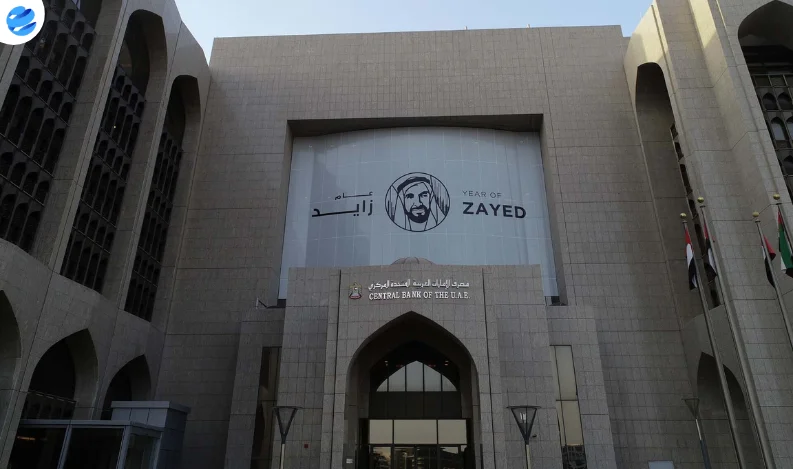Kananaskis, Canada - President Donald Trump has signed an executive order reducing tariffs on UK car exports to the United States, activating parts of a limited trade agreement reached between the two countries last month.
Speaking from the G7 summit in Alberta, UK Prime Minister Sir Keir Starmer called the move a “very important day” for both economies.
Under the deal, the US will now accept up to 100,000 UK-made vehicles annually at a 10% tariff, compared to the previous 25% rate imposed earlier this year. However, tariffs on UK steel exports remain in place, with no confirmed timeline for removal.
“We’re going to let you have that information in a little while,” Trump said when asked about steel tariffs.
Key Deal Provisions:
-
Car tariff cut: 25% reduced to 10% on 100,000 UK vehicles annually
-
Aerospace tariffs removed
-
Steel levies still under review
-
US beef quota raised from 1,000 to 13,000 metric tons
-
Ethanol and beef implementation updates pending UK parliamentary review
The UK government said it remains committed to reaching 0% tariffs on core steel products, as outlined in the original framework. Business Secretary Jonathan Reynolds confirmed further updates will be delivered to Parliament soon.
“This deal reduces the burden on UK businesses,” Reynolds said. “But we will not compromise on food standards for US imports.”
Not a Full Free Trade Deal
While welcomed by the UK as progress, the deal falls short of a comprehensive free trade agreement. Trump does not have authority to finalize such agreements without US Congressional approval.
Still, Trump praised Starmer’s negotiation, stating:
“He’s done what others haven’t been able to do in six years.”
Industry Reaction
Mike Hawes, CEO of the Society of Motor Manufacturers and Traders, called the order a “huge reassurance” for the automotive sector and US buyers.
The limited scope of the deal has drawn criticism in the UK. Opposition leader Kemi Badenoch called it a “tiny tariff deal,” questioning the government’s framing of the agreement as a major win.
The executive order goes into effect seven days after publication.























